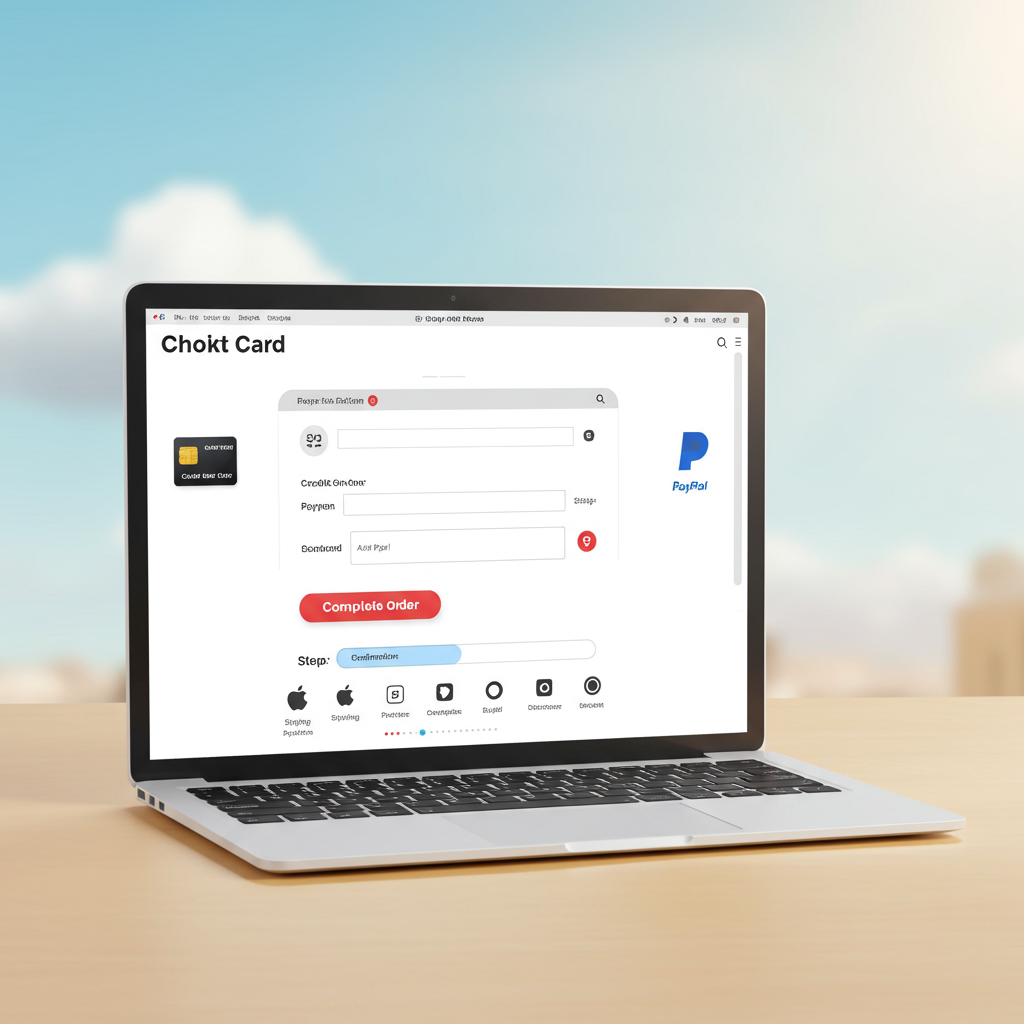Unlock Higher Conversions and Reduce Abandoned Carts with These Proven Strategies
As an e-commerce merchant, I know firsthand that the checkout process is the most critical stage of the customer journey. It’s where all your marketing efforts, product quality, and website design culminate into a sale – or a frustrating abandonment.
For many of us, the Shopify checkout is a powerful, yet often under-optimized, tool. We spend so much time driving traffic and perfecting product pages, but sometimes we overlook the final hurdle.
That’s why I’ve put together this comprehensive guide. My goal is to walk you through the essential strategies I’ve learned and implemented to streamline the Shopify checkout, build customer trust, and ultimately, boost conversion rates.
Think of your checkout as a funnel. Every step a customer takes, from adding an item to their cart to confirming their purchase, is a potential point of friction. Our job is to smooth out that path as much as possible.
Common drop-off points often occur due to unexpected costs, a complicated process, security concerns, or simply a lack of trust. Addressing these issues systematically is key to success.
One of the first things I always emphasize is speed and performance. In today’s fast-paced digital world, customers expect instant gratification. A slow-loading checkout page can be a major deterrent.
While Shopify handles much of the core infrastructure, we can still optimize our end. This means minimizing the number of third-party apps that inject scripts into the checkout, and ensuring any custom code is lean and efficient.
Leveraging Shopify’s Content Delivery Network (CDN) is automatic, but understanding its role in delivering your store’s assets quickly across the globe helps appreciate the platform’s inherent speed advantages.
Next, let’s talk about trust and security. Customers are sharing sensitive information during checkout, and they need to feel absolutely secure. This isn’t just about technical security; it’s about perceived security.
Shopify automatically provides SSL certificates, which is fantastic. Beyond that, I always recommend prominently displaying trust badges, such as payment method logos (Visa, Mastercard, PayPal), and security seals (like McAfee Secure or Norton Secured, if you use them).
Customer reviews and testimonials, especially those related to the purchasing experience, can also be incredibly powerful. If you can, showcase a few positive snippets near the checkout button or on the cart page.
Ensure your privacy policy, terms of service, and refund policy links are easily accessible from the checkout page. Transparency builds confidence and reduces anxiety.
Simplicity and clarity are paramount. The checkout process should be intuitive and require minimal effort from the customer. Every extra field or confusing instruction adds friction.
I always advocate for minimizing form fields. Only ask for essential information. Shopify’s default checkout is quite streamlined, but if you’re using custom fields, evaluate if they are truly necessary.
Offer guest checkout as an option. While encouraging account creation can be beneficial for repeat purchases, forcing it on a first-time buyer can lead to abandonment. Make it optional and easy.
Implement a clear progress indicator. Customers like to know where they are in the process and how many steps are left. Shopify’s default checkout includes this, which is a huge plus.
Ensure your calls to action (CTAs) are clear and concise. Buttons like ‘Continue to Shipping’ or ‘Complete Order’ should stand out and accurately describe the next step.
Eliminate distractions. Once a customer is in the checkout flow, remove unnecessary navigation menus, pop-ups, or promotional banners. Their sole focus should be on completing the purchase.
Payment options are another critical area. I’ve found that offering a diverse range of payment methods significantly reduces cart abandonment. Not everyone uses the same credit card, and many prefer alternative methods.
Shop Pay, Shopify’s accelerated checkout, is a game-changer. I’ve seen conversion rates jump significantly when customers use it. It pre-fills their information, making the process incredibly fast. Promote it!
Be transparent about shipping costs and taxes from the very beginning. Nothing frustrates a customer more than hidden fees that appear only at the final step of checkout.
Consider offering free shipping, perhaps with a minimum order threshold. This can be a powerful incentive and often outweighs the cost in terms of increased conversion rates.
Mobile responsiveness is non-negotiable. A significant portion of online shopping now happens on mobile devices. Your checkout must be perfectly optimized for smaller screens, with large, tappable buttons and easy-to-read text.
Effective error handling and validation are crucial. If a customer makes a mistake, provide clear, helpful error messages that guide them to correct the issue without frustration. Real-time validation is ideal.
Finally, don’t forget about abandoned cart recovery. Even with the best optimization, some carts will be left behind. Set up automated email sequences to remind customers of their items and encourage them to complete the purchase.
Beyond the checkout, optimize your post-purchase experience. A clear order confirmation page, easy access to customer service, and even a small upsell or cross-sell can enhance the overall customer journey.
To truly optimize, you need data. Utilize Shopify Analytics to track your checkout funnel, identify drop-off points, and understand customer behavior. Tools like heatmaps and session recordings can provide deeper insights.
Don’t be afraid to A/B test different elements of your checkout. Experiment with button colors, field labels, or the order of information. Small changes can sometimes lead to significant improvements.
Checkout optimization is not a one-time task; it’s an ongoing process. Continuously monitor your key performance indicators (KPIs), gather feedback, and iterate on your strategies.
By focusing on speed, trust, simplicity, and offering flexible payment and shipping options, you can transform your Shopify checkout from a potential bottleneck into a powerful conversion engine.
What do you think about this article? I’d love to hear your thoughts and any strategies you’ve found successful in optimizing your Shopify checkout. Your insights are valuable!
Implementing these strategies has consistently helped me reduce abandoned carts and increase sales. I’m confident they can do the same for your Shopify store.






